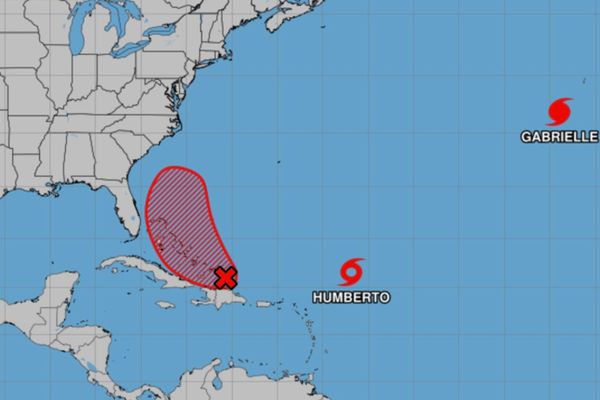A calendar spread is an income trade that involves selling a short-term option and buying a longer-term option with the same strike price.
Usually this is done with monthly options, but it can also be done with weekly options.
Traders typically use call options, unless the trade has a bearish bias. In that case, they would use puts.
In today's example, we'll look at a calendar spread trade on Nvidia.
With Nvidia stock trading around 272 after making a strong eight-week move from its 188 buy point, setting up a calendar spread at 270 gives the trade a neutral outlook.
Selling the April 21, 270-strike put option will generate around $1,310 in premium. And buying the May 19, 270-strike put will cost around $1,900.
Maximum Profit $870
That results in a net cost for the trade of $590 per spread and that is the most the trade can lose.
The estimated maximum profit is $835, but that could vary depending on changes in implied volatility.
The idea with the trade is that if Nvidia stock remains around 270 for the next few weeks, the sold option will decay at a faster rate than the bought option. That allows the trade to be closed for a profit.
The break-even prices for the trade are estimated at around 250 and 279, but these can also change slightly depending on the impact of changes in implied volatility.
For this reason, calendar spreads are considered a more advanced strategy and not recommended for beginners.
Set Profit Target Of 20%
For a trade like this, I would set a profit target of 20%. I would set a stop loss if Nvidia stock breaks through either 245 or 290. And I would risk not more than 2%-3% of my capital.
According to the IBD Stock Checkup, Nvidia stock is ranked No. 6 in its group and has a Composite Rating of 98, an EPS Rating of 62 and a Relative Strength Rating of 98.
Check out IBD's new OptionsTrader app for options education, trade ideas and more! Download from the Apple App Store today.
It's important to remember that options are risky and investors can lose 100% of their investment.
This article is for education purposes only and not a trade recommendation. Remember to always do your own due diligence and consult your financial advisor before making any investment decisions.







